Amazon trip – some important info
When to do your Amazon trip
January to June is the wet season
This is the wet season hence be prepared for daily showers. However, it is a tiny bit cooler but also more humid. The river level is high enabling you to get into otherwise too shallow tributaries. Be prepared for more mosquitos.

The dry season is from July to December
It will still rain sporadically. You can explore the rainforest more on foot albeit you will miss out on some boat trips on the tributaries.
In other words, following my experience, the best period to visit the Amazon is May to early June. So you have both – higher water and not too much rain.
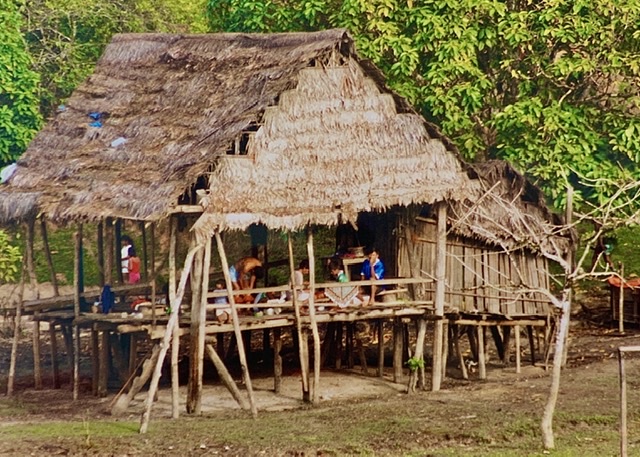
How to organize your Amazon trip
It is possible to self-organise your trip to the Amazon rainforest if you have plenty of time and patience to confirm and reconfirm all your bookings.
Following my experience, I would get to my destination and then hire a local guide. He/she will take you to places that otherwise you would not find. The guide will not only speak Spanish and possibly English but, more importantly, the guide will speak some of the local languages/dialects. Very useful if travelling into the deep jungle.
Which country to choose for an Amazon trip
The Amazon rainforest spreads through nine South American countries. I can only speak of my own experience.
I entered the jungle from the Colombian side. There, I spent 5 days trekking and camping out before meeting up with a comfortable river boat (with a proper shower and meal). The boat took me through the Peruvian Amazon rainforest all the way to Iquitos. It appears that this is one of the best ways to visit the Amazon rainforest.
Duration of your Amazon rainforest trip
Probably a week in a lodge including a river cruise lasting a couple of days. Unless you want to spend some adventurous nights in the jungle before meeting up with the boat to take you to the next big town as I did. I did take my time and spent some 10 days in area.
What you will see in the Amazon rainforest
The flora is amazing with oversize plants and trees. Indoors plants that back home barely grow one meter in hight are 10 metres tall with enormous leaves.
Regarding fauna, for sure you will be seeing plenty of monkeys, sloughts, snakes, spiders, birds. And maybe, if you are really lucky, a Jaguar.

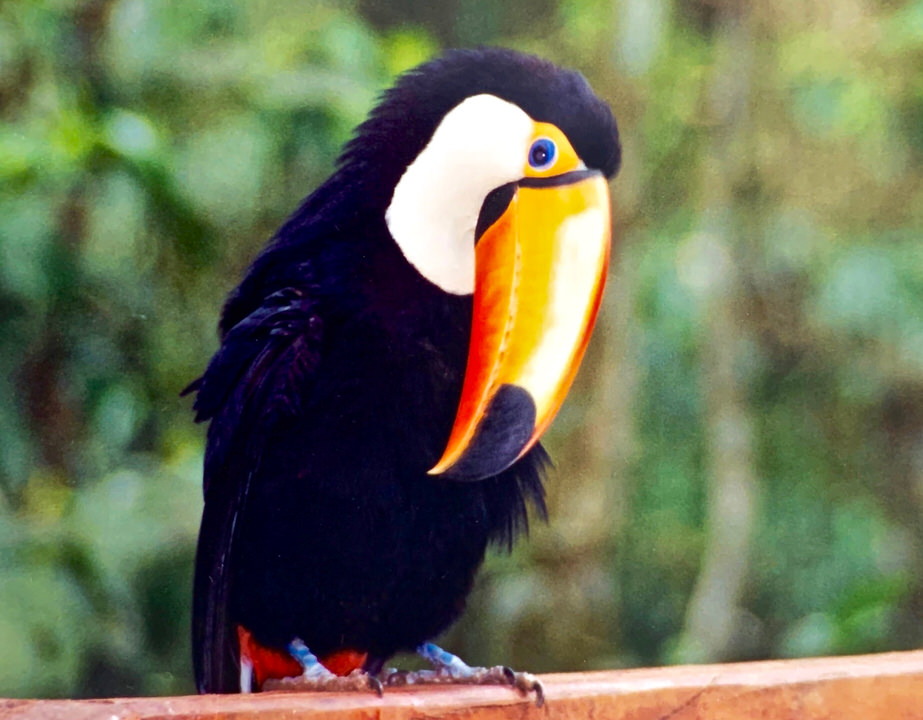
A Jaguar is a rare sight
I knew that the Jaguar lives in the Amazon rainforest. Albeit, the only time I got to see this magnificent animal was in the Pantanal in the SW of Brazil.
Pink dolphins
If you are lucky, you might get to see the pink dolphins (ladies – do not look at them because, according to a legend, they charm female humans into the water).
I saw plenty of Piranhas, cat fish and other huge fish around.
Get a guide
I was amazed of how my guide would spot animals which otherwise I would miss. At one point he jumped into a tiny rivet and came back with a coral snake in his hands. It was beautiful but very poisonous. He also managed to track down an anaconda. He picked it up and we could have a very close look at it.
Tarantula
Another time, he got all excited because he had found a tarantula nest. He started digging with his hands and pulled out mama tarantula. He was totally chilled about having this huge spider in the palm of his hand. Then the babies started coming out of the hole and he started jumping all over the place. Explanation was that the babies carry the same amount of venom as the mama. Getting bitten by a number of tarantulas is life threatening.
Vaccinations
Recommended are Hepatitis A, Typhoid, and Yellow Fever. I would make sure that my Tetanus is up do date. Start your vaccination cycle 4-6 weeks before travelling.
Malaria
I was strongly recommended to take Malaria prevention tablets. But, I am sort of anti-medication oriented. And, as I grew up in countries were Malaria was endemic, I convinced myself that I was immune to this illness. (Stupid thought!!! – there is no immunity). So, I did not take any preventive medicine. In fact, in all the months I was cruising around that area I never got sick.
(I made the same reasoning when I later lived in West Africa for some years. Well, I got Malaria four times! So much for that!)
Best prevention against malaria is not getting stung
Having said that, I guess the best prevention is not to get stung by these buggers. There are plenty of ways to achieve that and plenty of literature with great advise. So, not getting into this subject.
Packing essentials for the Amazon – apart from the obvious
- backpack
- light cotton loose breathable attire (long and short pants/shirts)
- a little sweater as it might cool off in the evening
- money belt
- proper ankle high waterproof walking boots
- light rain protection – best a poncho that will also cover your backpack
- insect repellent
- (wearable mosquito net)
- Vitamine B tablets – insects will not like the taste and odour of your body
- sunblock, sunglasses and hat
- bathing suit
- plastic zip-lock bag to keep e.g. your camera dry
What is always included in “my adventure” travel kit
- iodine tablets to purify water
- antibacterial hand wipes or gel containing at least 60% of alcohol
- charcoal tablets in case of diarrhoea
- oral rehydration salts
- aspirin
- antiseptic wound cleaner
- adhesive bandages in different sizes
- compression bandage wrap
- thermometer
- disposable gloves
- syringes of different sizes
- tweezers
- scissors
- flashlight
- toilet paper ! … believe it or not but this might turn out to be very important!
The list seems to be long. But you can assemble all the items in a small wash bag.
Other important tips for your trip in the Amazon rainforest
- Listen carefully to your guide and do as he tells you.
- There are worm-like parasites in stagnant water that enter body openings. Very painful for men. So, if you seek some refreshment in cool water ask your guide before doing so.
- Bilharzia is also found in stagnant water in the rainforest. This is another malicious parasite that enters your body.
Bottled water
Do not forget your water! With the heat and humidity you sweat more than usual and could get dyhydrated.
Only drink bottled water.
In the unlucky case that you do get diarrhoea, change/wash your water bottle frequently as otherwise you will re-infect yourself again and again from your own bottle.
Do not wander off on you own!
Another tip I would give is not to wander off on your own. Distance yourself a few meters into the rainforest and you are lost already. So, stick around the lodge or with your guide.
Apart from getting lost, unwarranted encounters with poisonous snakes and frogs or tarantulas – their bites are really painful – are most likely not a planned part of your Amazon trip.

“Locura de la Selva”
It is a sort of phobia that some people suffer from and most likely don’t know they have this condition. It entails a very uncomfortable sensation being closely surrounded by thousands of square km of jungle.
During my tours, I had two people literally freak out. Luckily, in both occasions this happened at the start of the walk so we could bring them back to town. They then took a flight to Iquitos, the final destination of our jungle tour.
Conclusion
I found the Amazon rainforest fascinating and would do another trip anytime. So, if you do not mind heat and great humidity; the encounter with all sorts of crawling animals; and are out for an adventure you should definitely visit the area.
I have prepared a post on my Amazon rainforest trip focusing more on the indigenous people. Check out my post on Facts about South America
Also, have a look at my adventurous boat trip through the Parnaiba River Delta.
Enjoy the read!


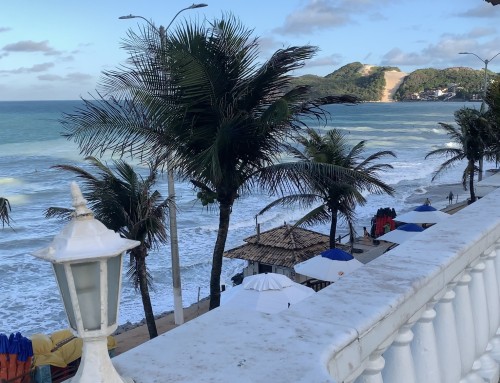
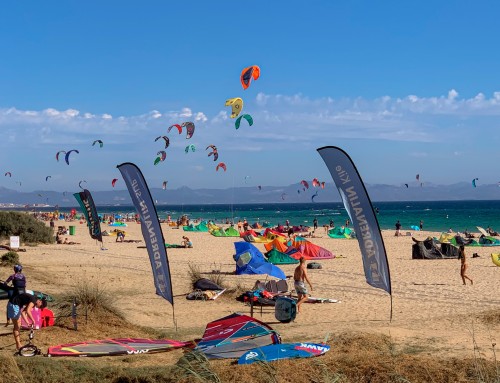

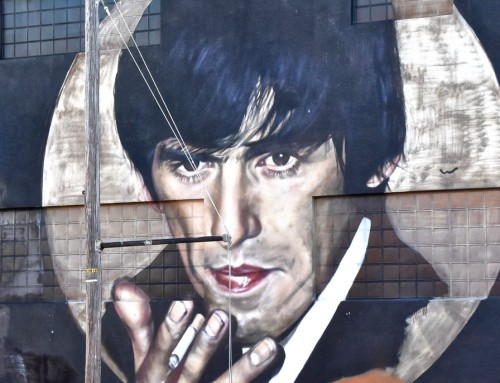
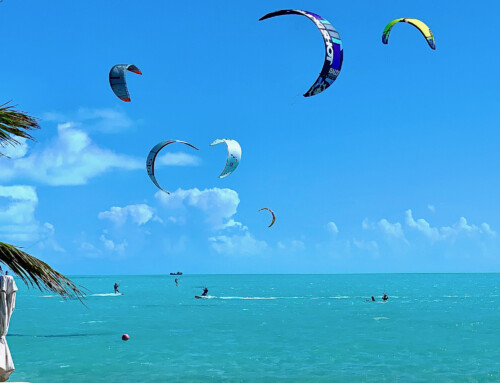
Leave A Comment
You must be logged in to post a comment.